Also known as “Brazilian” assembly, spiral assembly on a casting rod consists in building the largest Guide on top of the blank as traditionally done, then rotating the next 2 or 3 around it so that the tunnel is placed inside the curve, as on a spinning rod. It's obviously surprising the first time you're confronted with it, but once you've had a taste of it, there's no turning back!

Stability
Every rodbuilder knows this: with a spinning rod, the Guides are positioned inside the curve of the blank under pressure, and with a Casting rod, on the outside. In the latter case, this positioning has the effect of bringing a form of instability in combat, as it is possible, on a big fish, that your rod will tend to want to turn slightly to one side, bringing discomfort and inefficiency.
This problem, which was the starting point for the Brazilian Assembly, no longer exists when the Guides spiral around the blank. As the tunnel is then in the same configuration as on a spinning rod, pressure is exerted on the inside of the blank curve, ensuring complete stability in combat and allowing the rod's full reserve of power to be exploited.

Blank and braid protection
The second problem encountered with traditional Casting Assemblies is the existence of contact points between the braid and the blank during heavy pressurization. These points of contact, particularly between the first Guides of the tunnel, cause wear to the braid which can lead to breakage and the loss of a trophy fish.
Any problem can be solved by multiplying the number of Guides to reduce their spacing and avoid these potentially dangerous contact points.
Nevertheless, the spiral Assembly has once again proved to be the most appropriate solution to this problem. With this distribution, the braid rests on the ceramic part opposite the blank and cannot come into contact with it.

Lightness
Although this was not the original aim, the weight saving is a consequence of the Brazilian Assembly. The logic is implacable and irrefutable: fewer Guides on the blank means less weight to handicap it! So, even if these few grams gained don't bring any noticeable comfort, they nevertheless enable you to preserve the original action of your blank and gain in responsiveness.

The look
Because we're not only rodbuilders, but also men of taste, we often appreciate aesthetics and originality. With the spiral Assembly, you couldn't be better served: these Guides rotate around the blank, adding an inimitable look to your creation. You don't want to miss out!
And what about the pitches?
Often, once our Guides have been tied, we spend far too much time aligning them to perfection, convinced that this will optimize our casting distances. The reality in the field is quite different, however, and demonstrates that casting distances are equivalent, whether with a classic assembly and straight alignment, or with the famous spiral assembly. So, even though I still spend time perfecting the alignment of my Guide ramp out of a sense of perfectionism, I'm well aware that perfection is pointless!

Which angles to choose?
For spiral assemblies, the first 3 guides are generally rotated so that the first guide is positioned at 180° to the reel foot.
The choice of angles depends on the power of the rod and must be adjusted when the pressure is applied to avoid any contact between the braid and the blank under heavy stress.
On powerful Blanks, for example, fast rotation is preferred with angles of 0°, 45° and 135°. On light blanks, a smoother, more regular rotation is preferred, with angles of around 20°, 70° and 120°. Remember that these are approximate angles and that a protractor is not essential; what's important is that the distribution is even to the eye.

Right or left?
Rotation can be to the right or left of the blank without affecting the efficiency and comfort of your Assembly. However, in order to keep the rotation in line with the line of sight, right-handers will prefer to rotate to the left, while left-handers will proceed in the opposite direction.


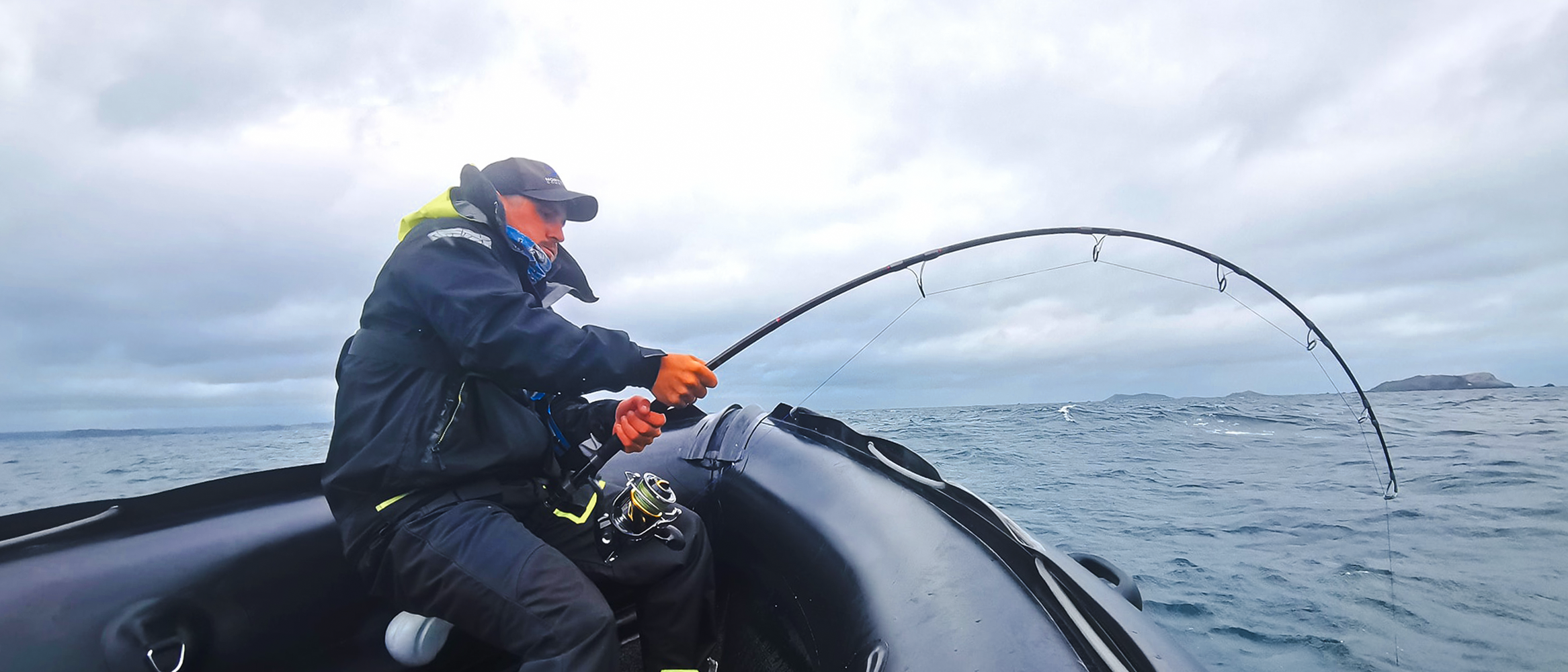
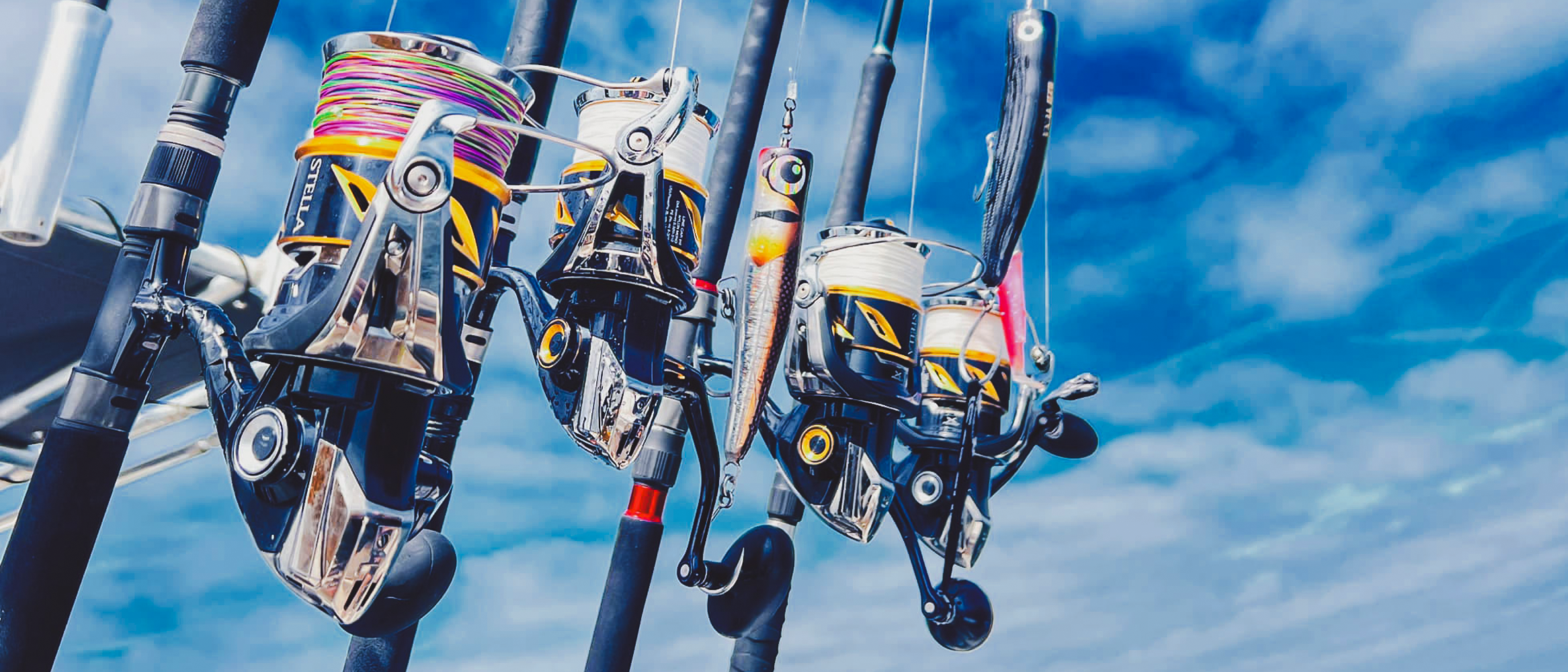
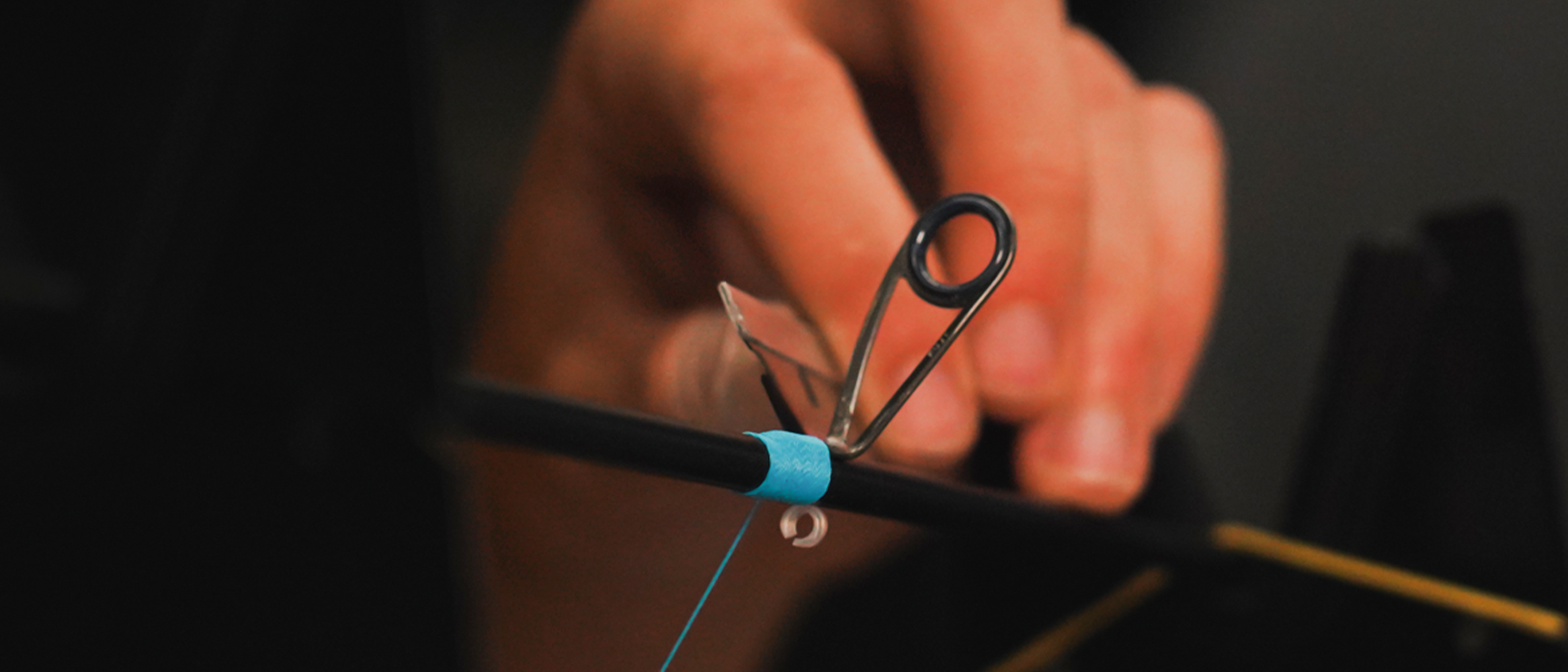
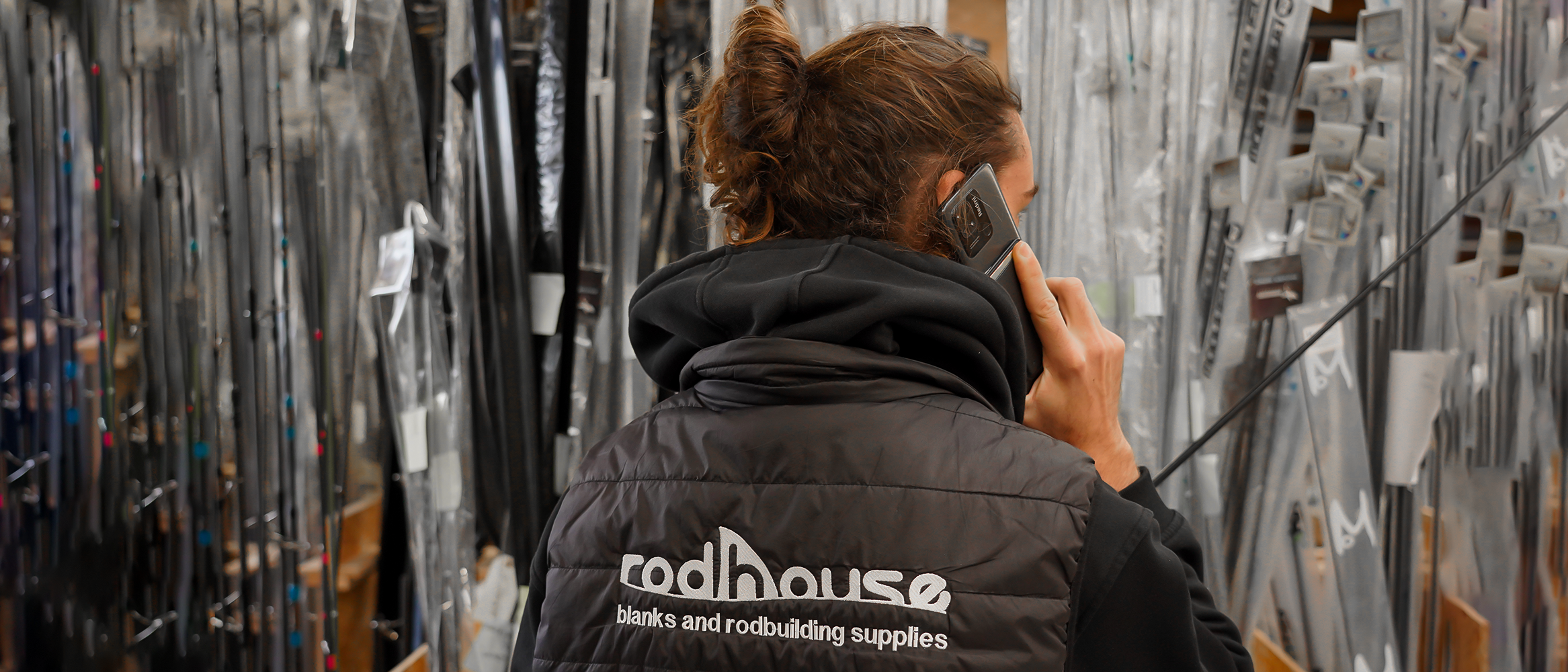
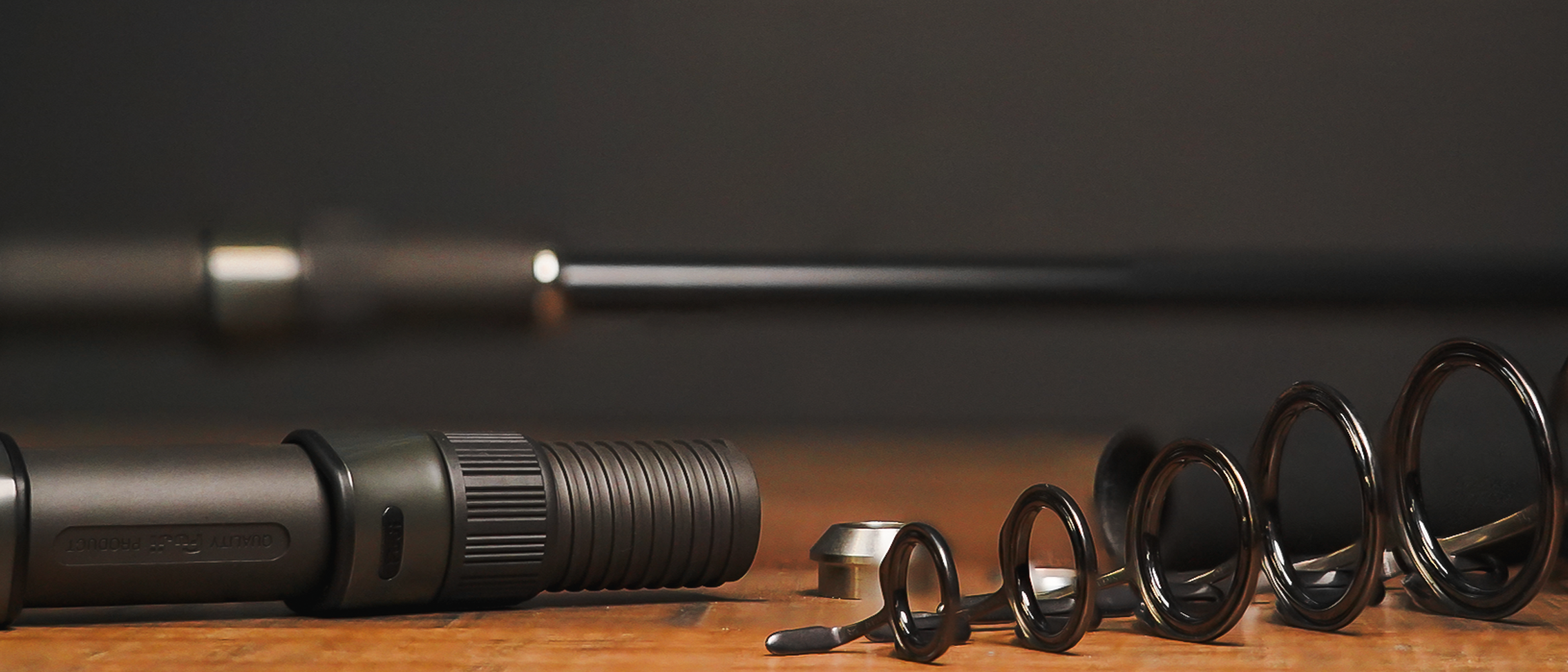

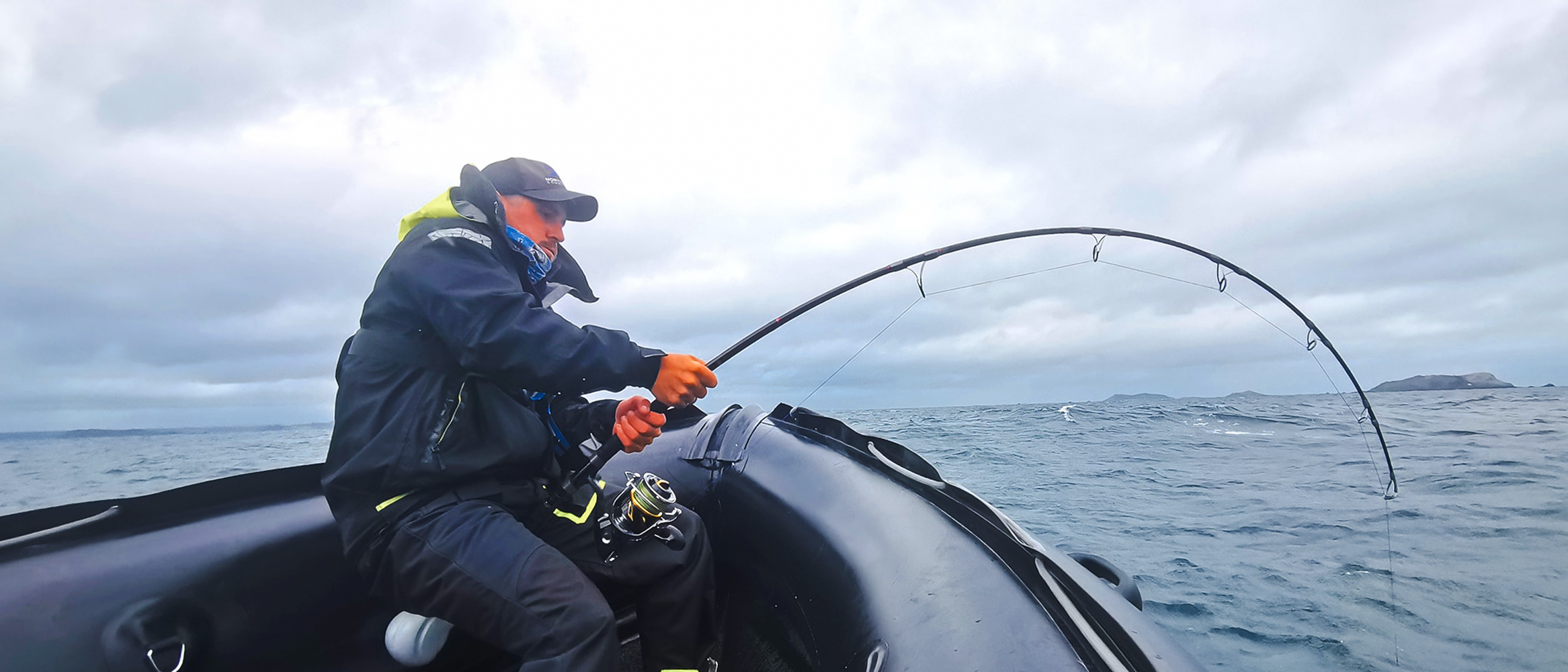
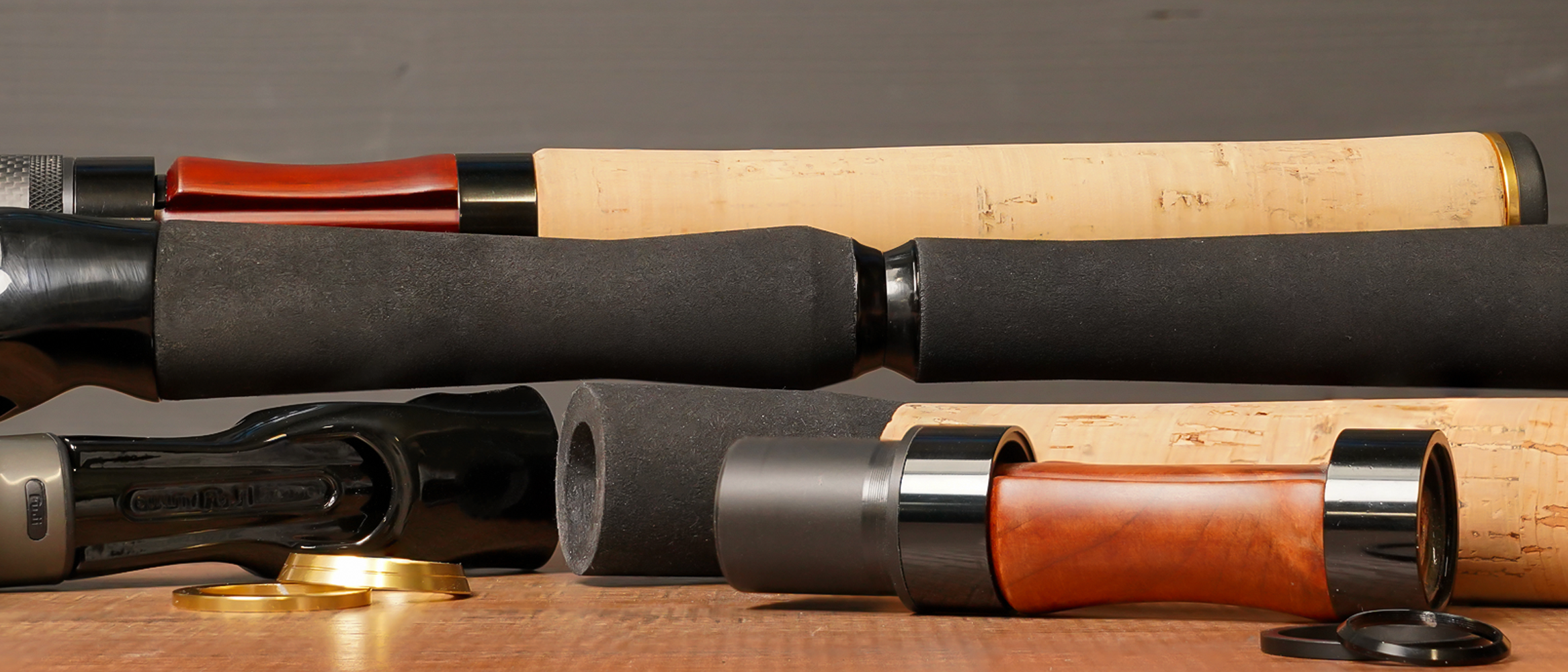
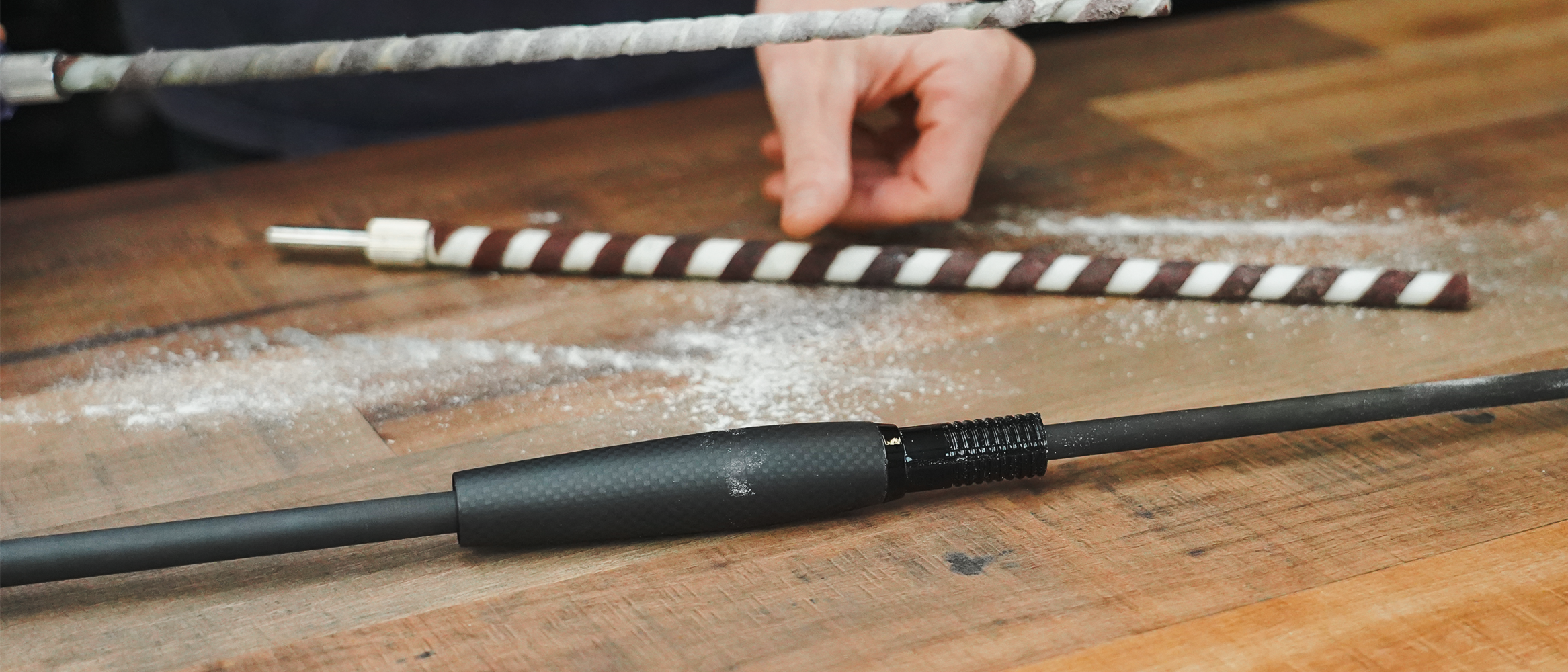
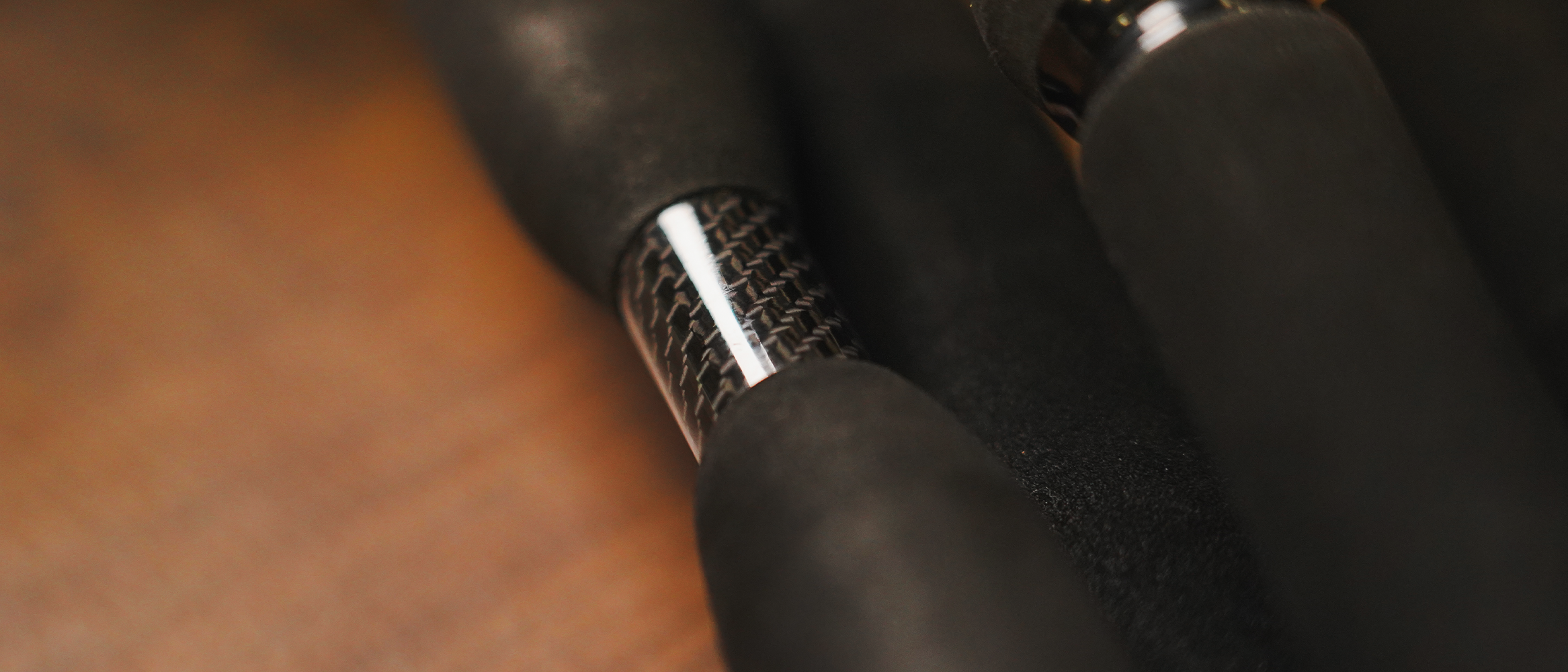
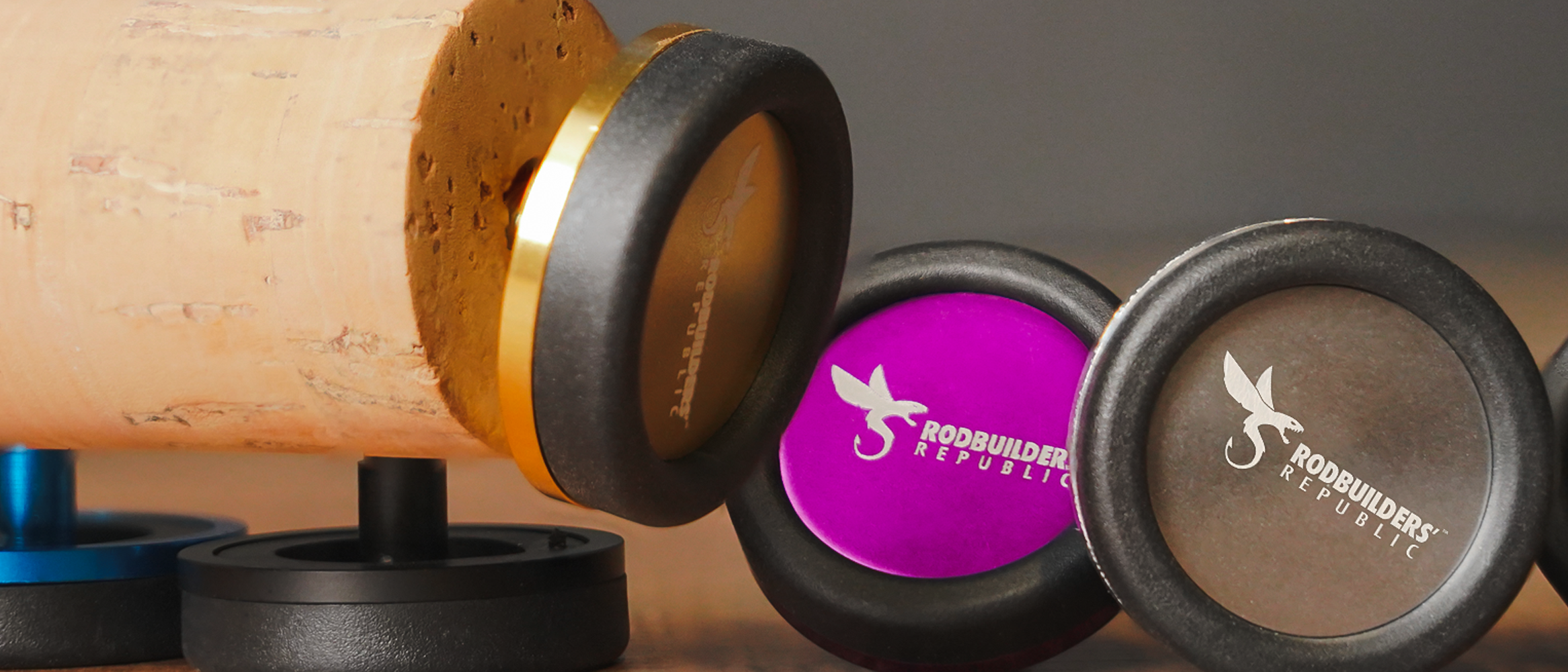
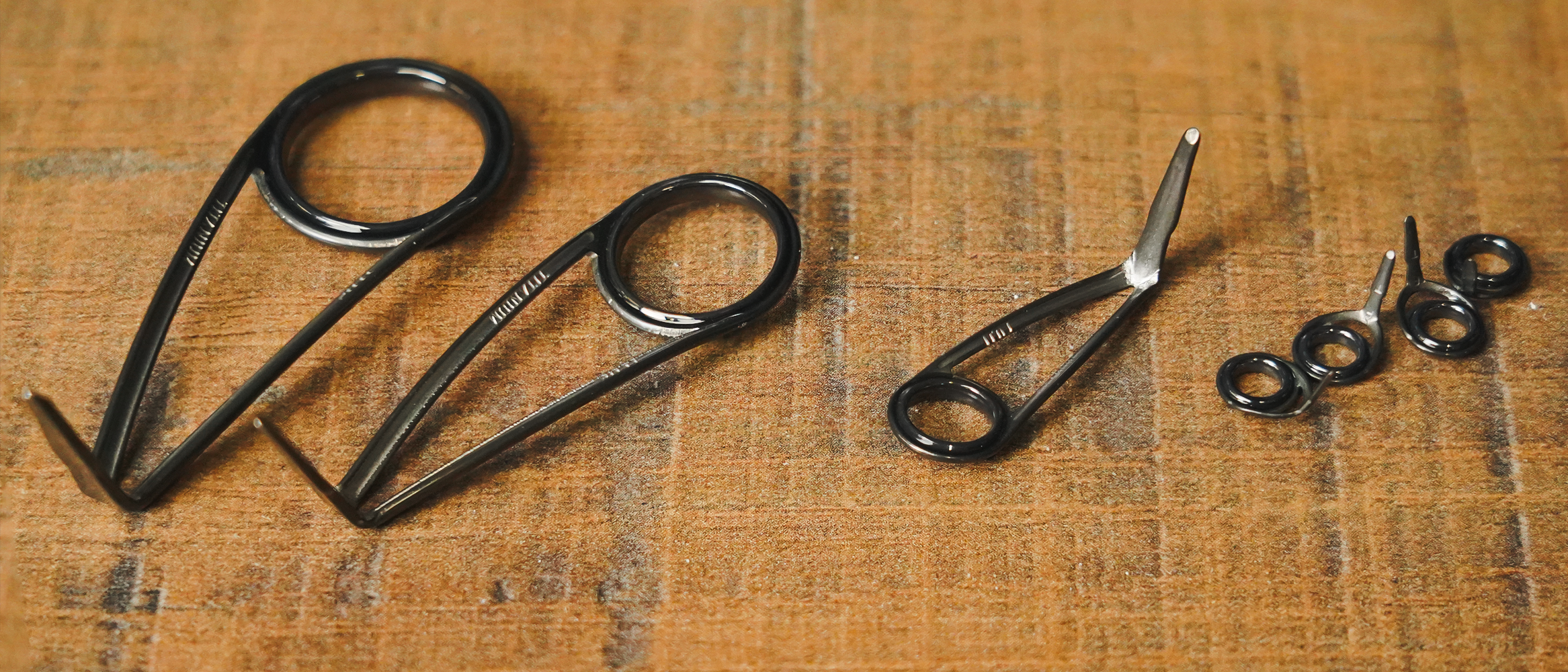

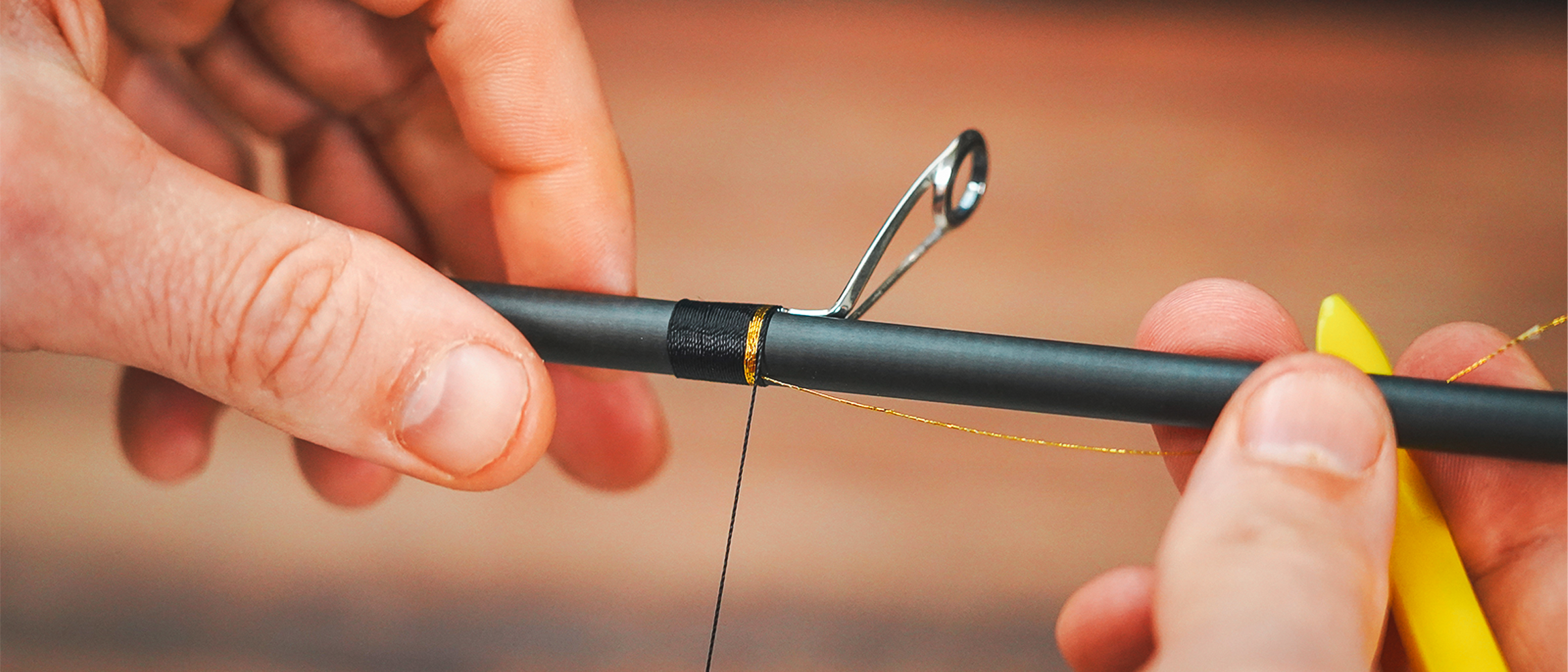

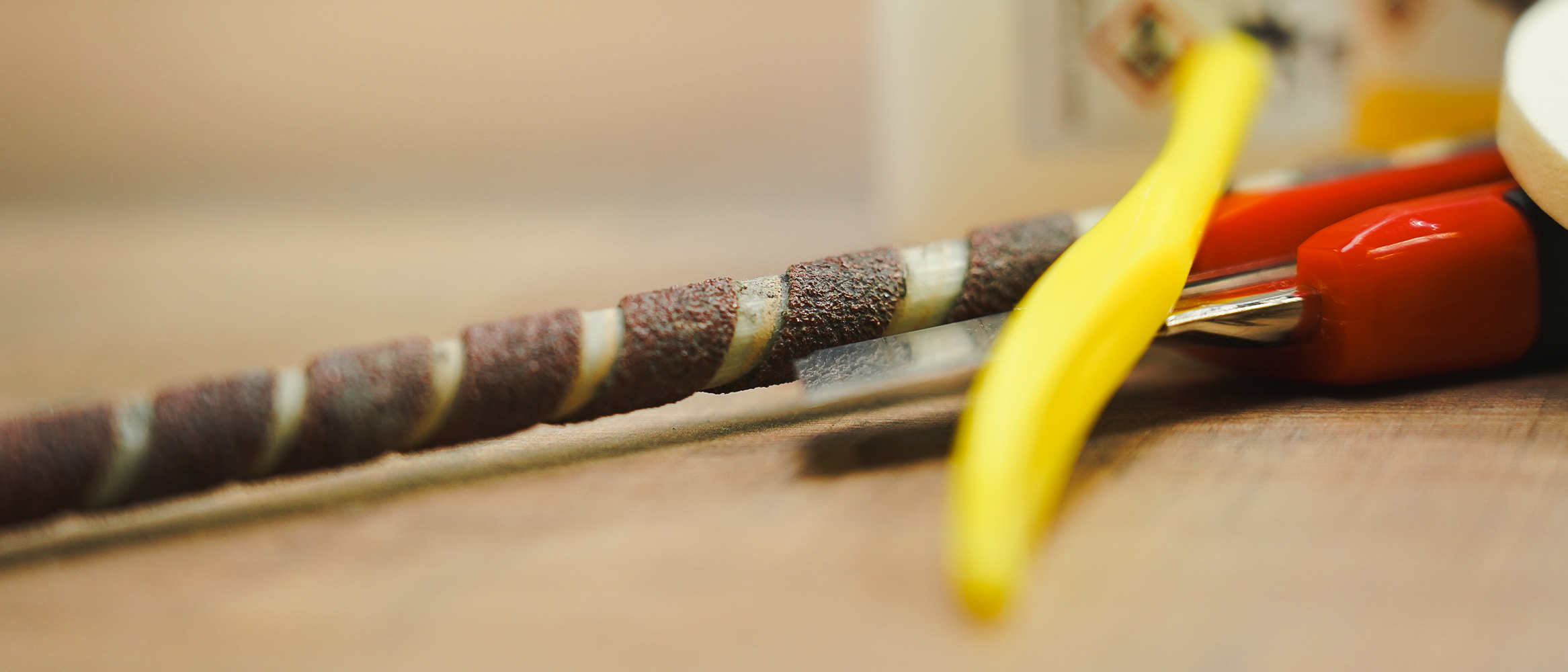
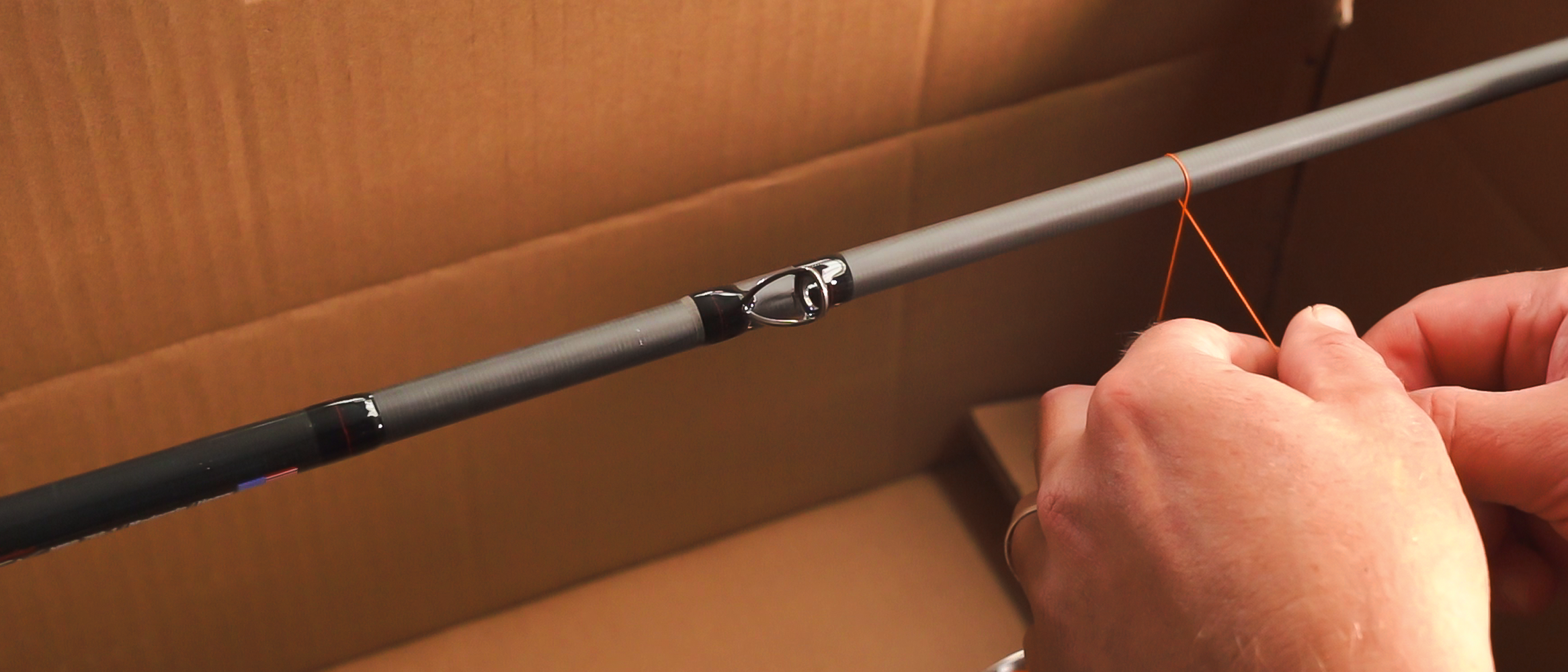
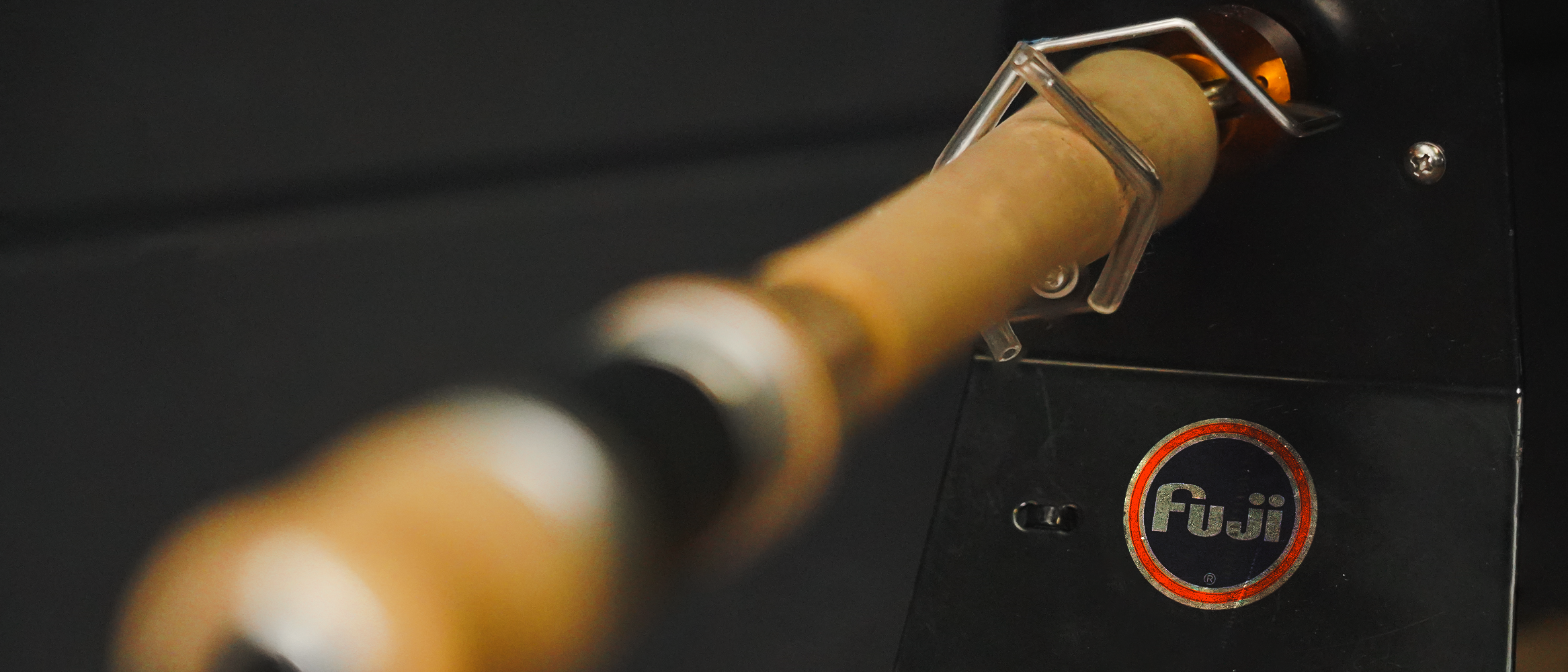
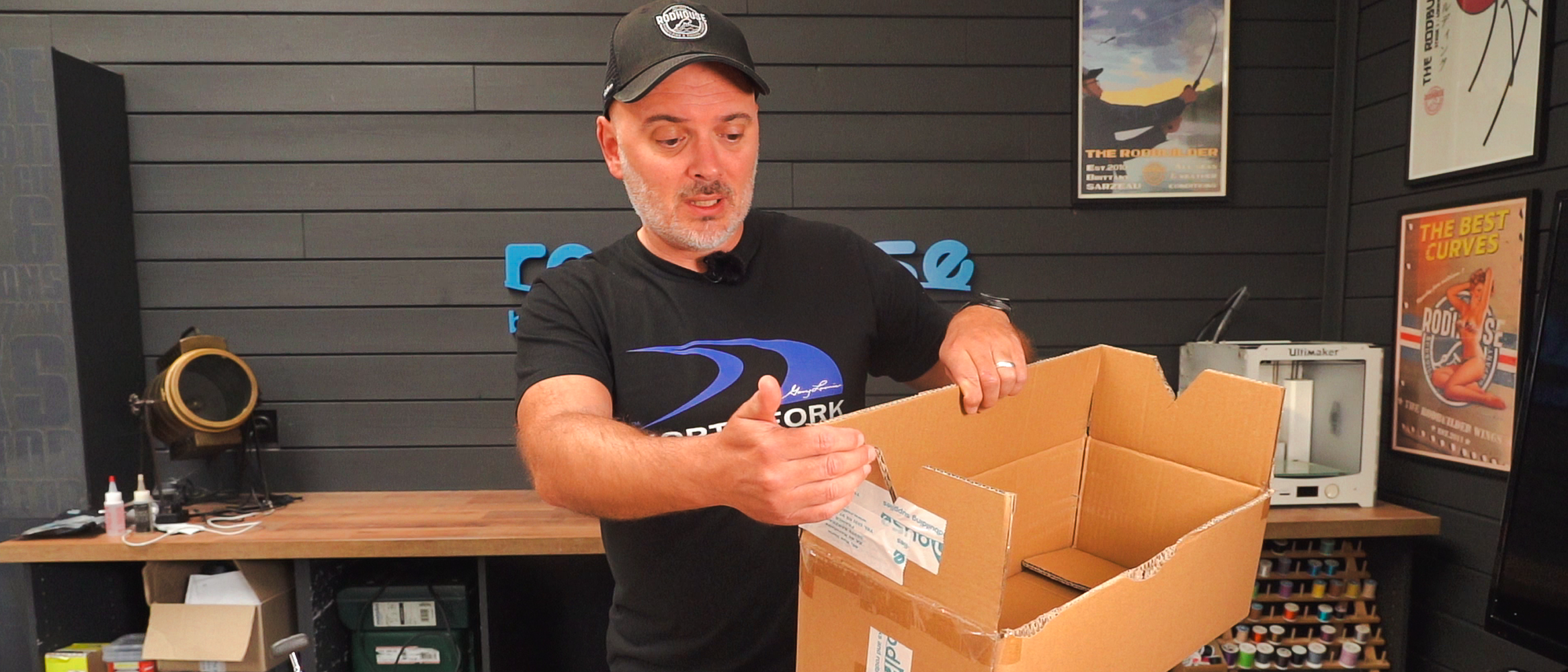
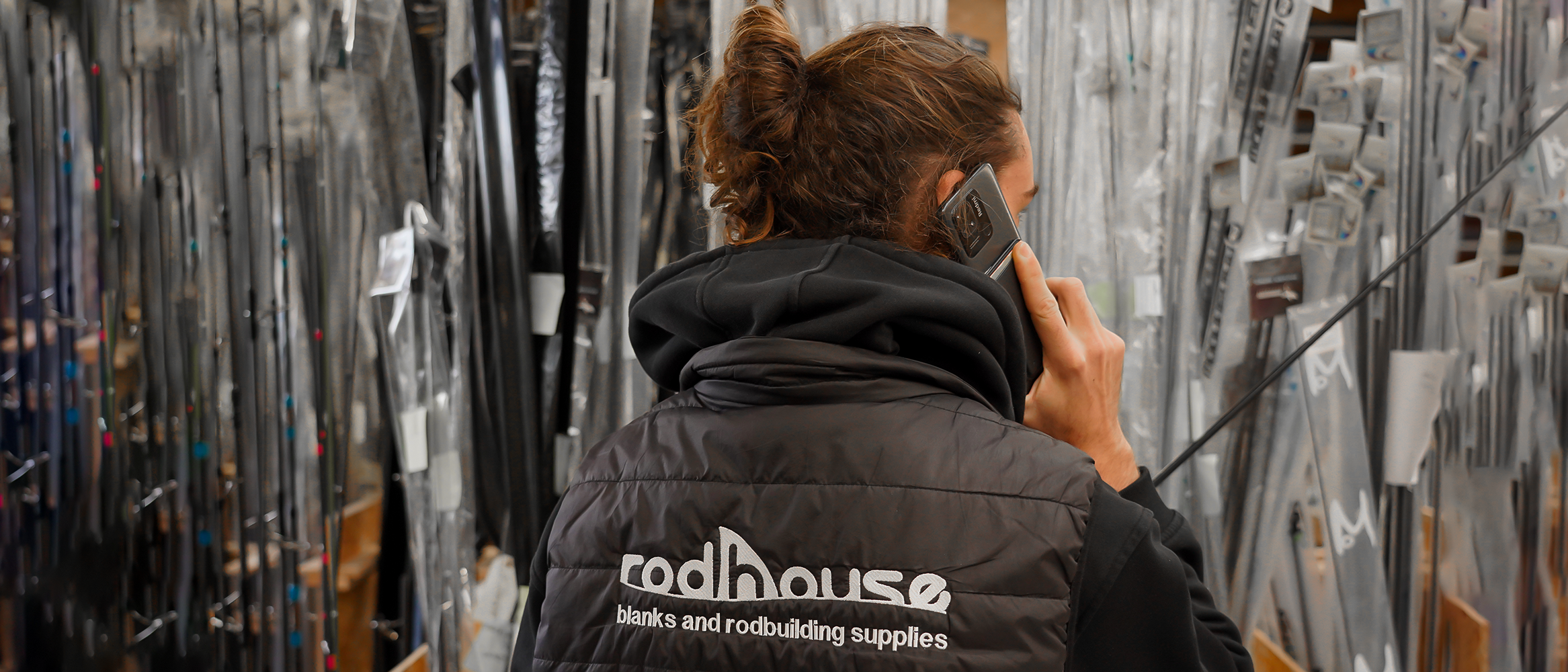
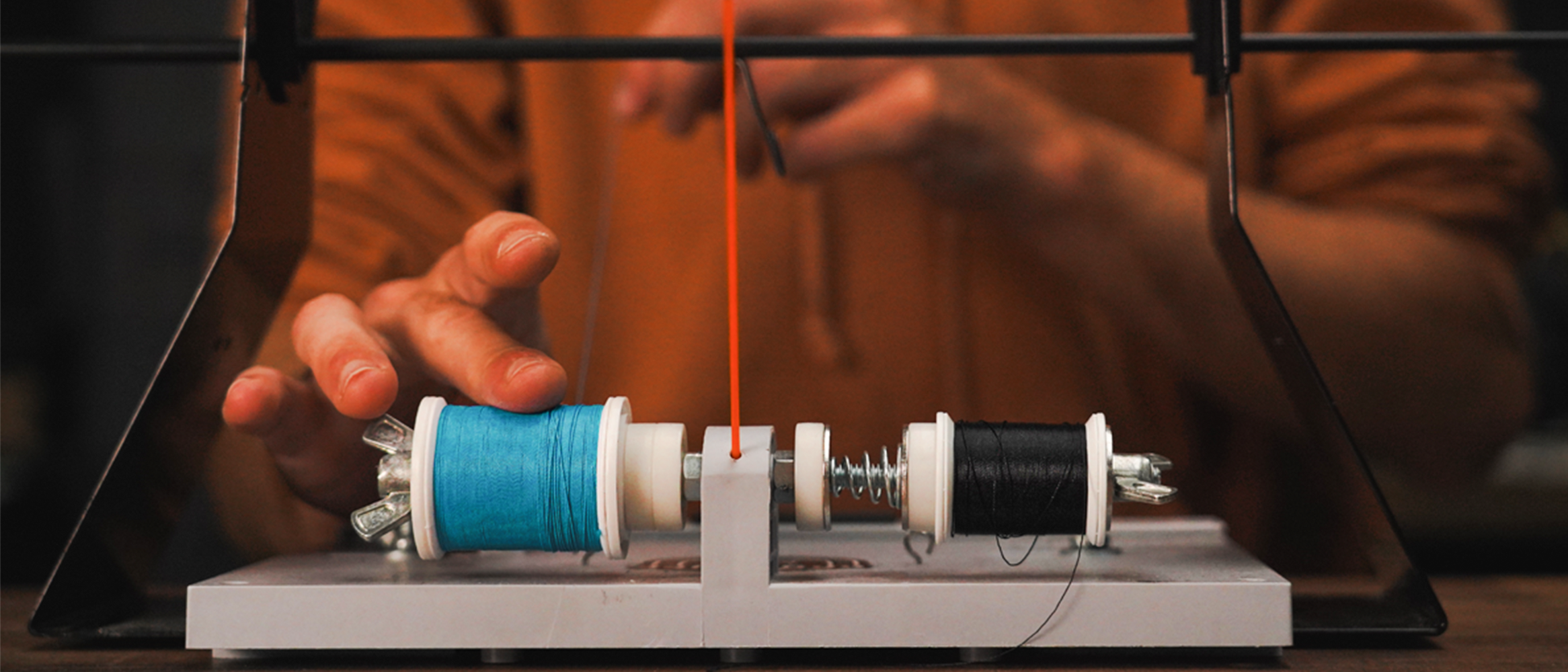
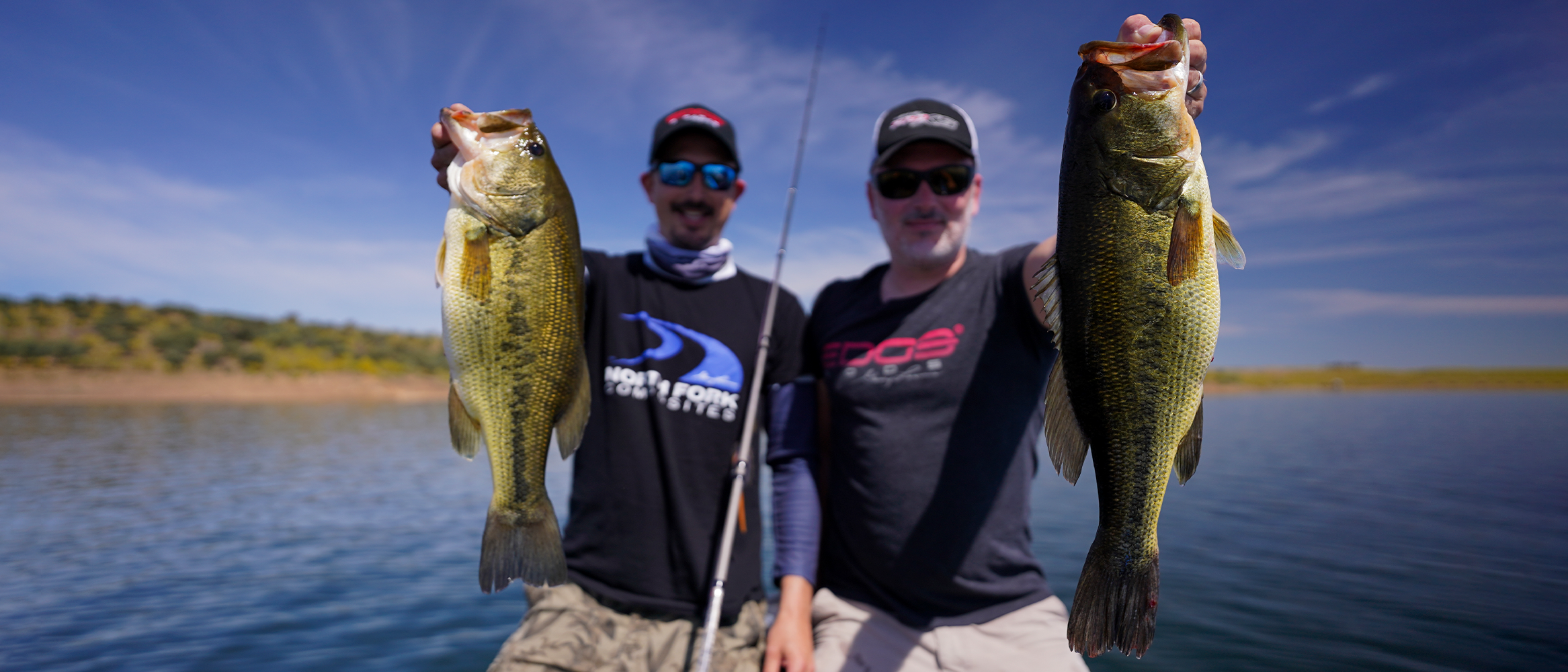
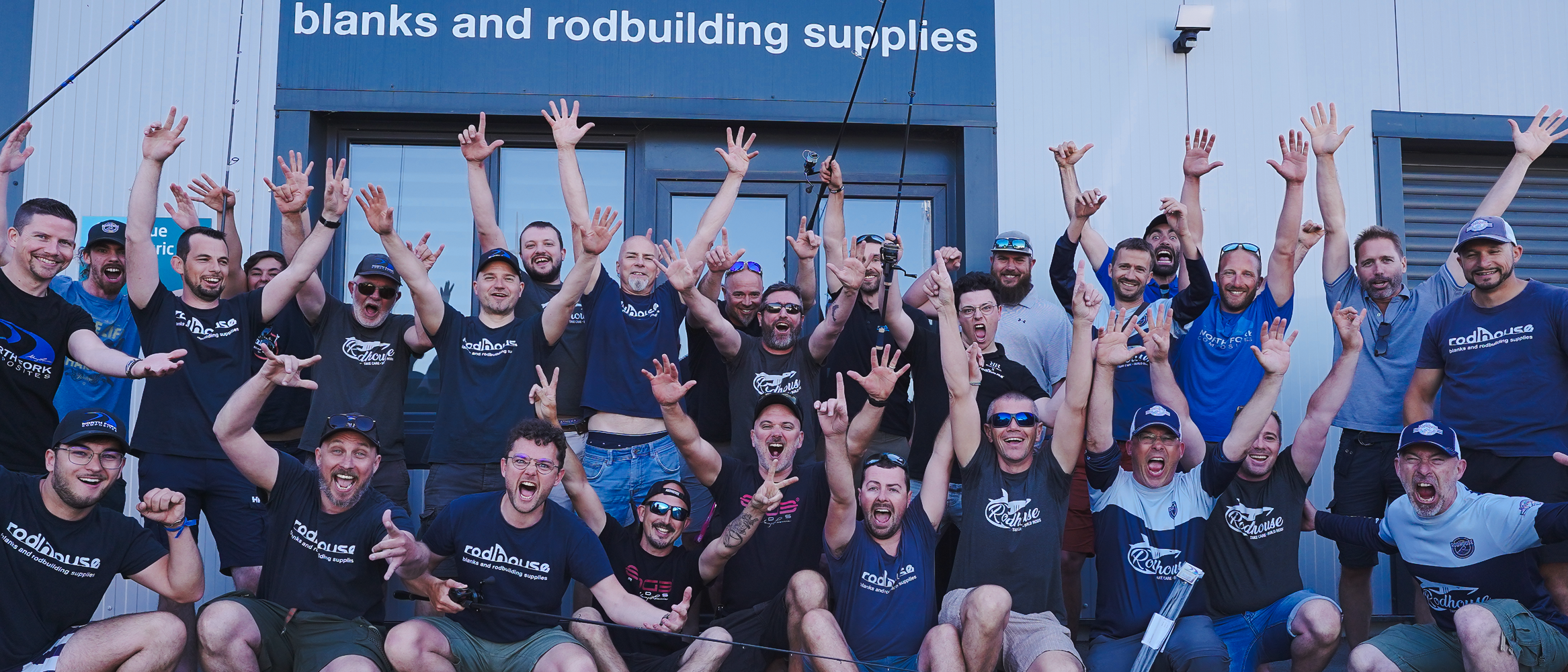
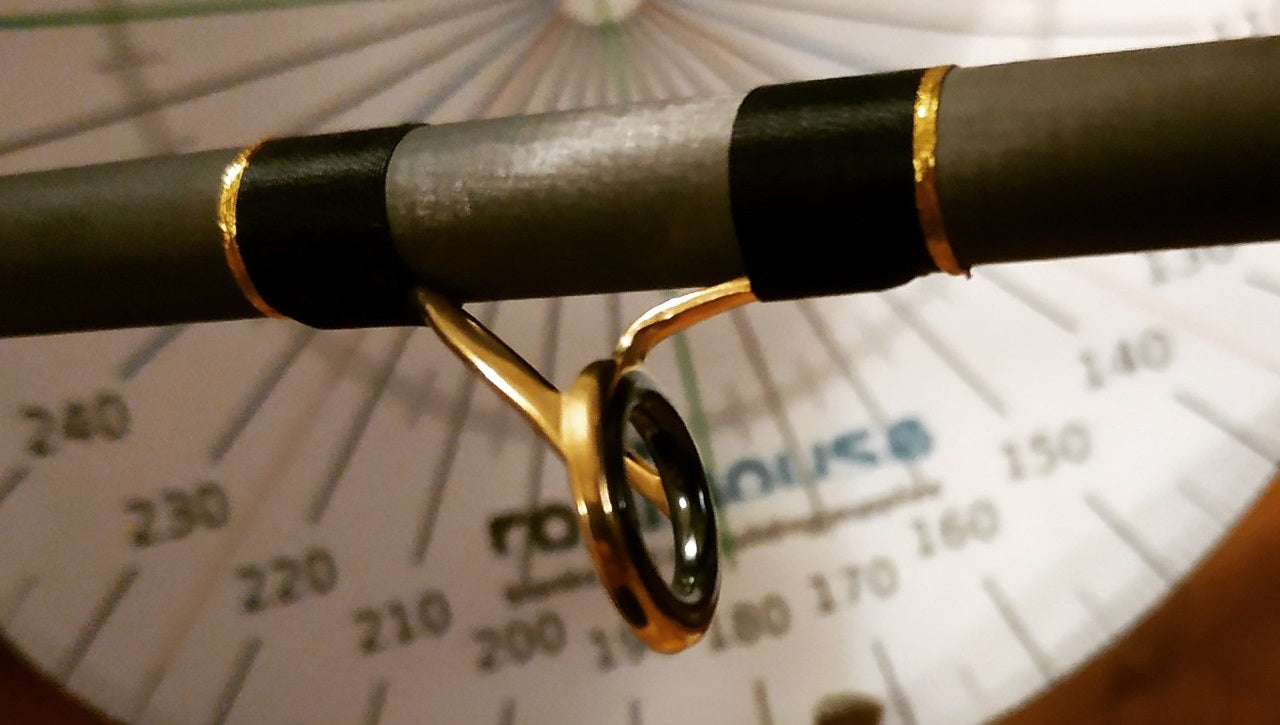


Leave a comment
All comments are moderated before being published.
This site is protected by hCaptcha and the hCaptcha Privacy Policy and Terms of Service apply.